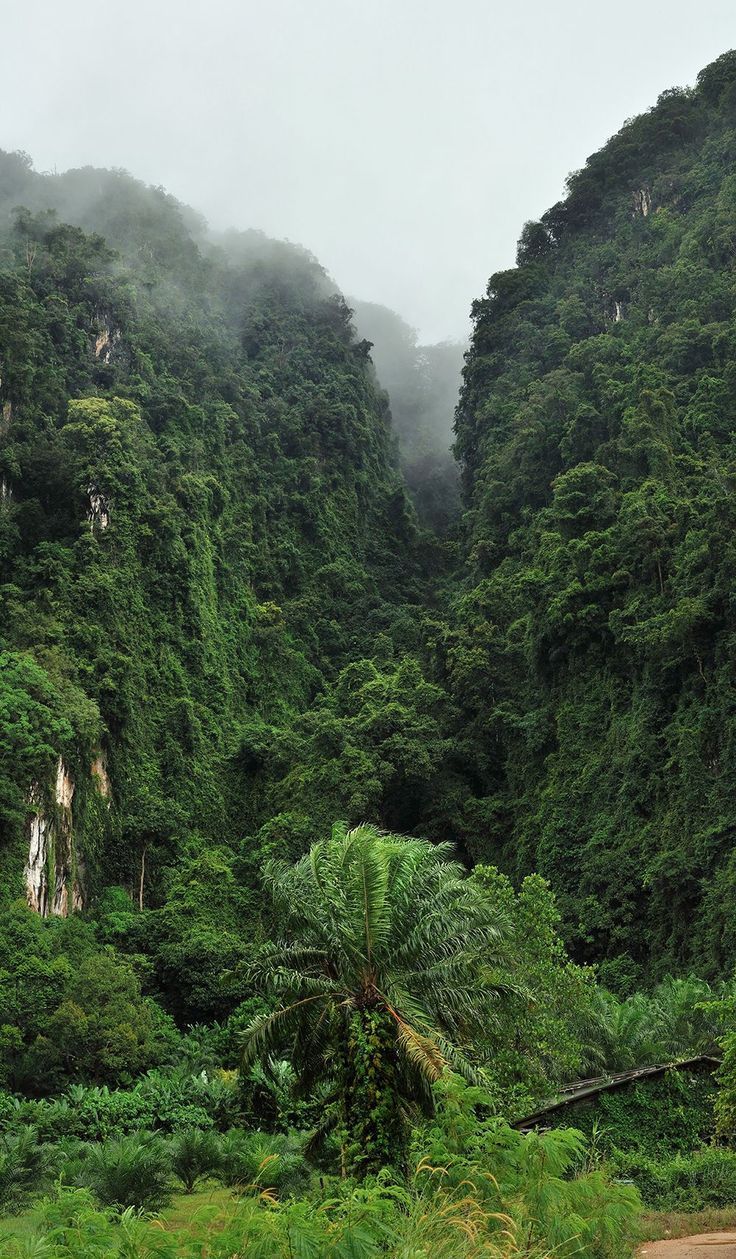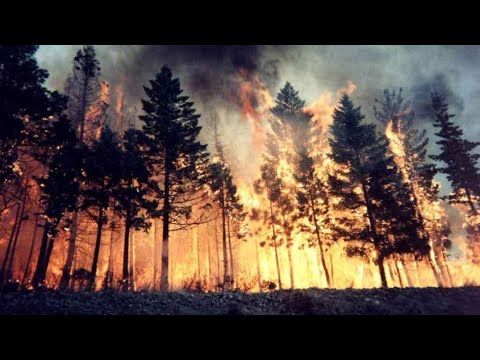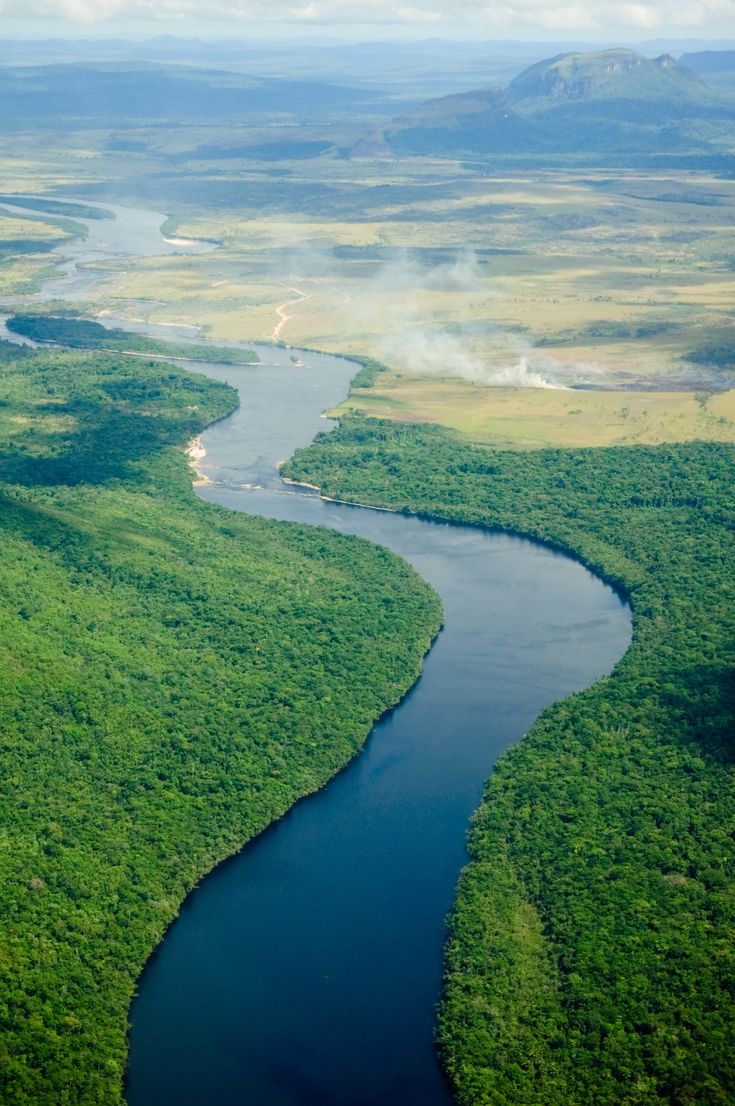“The Amazon Rainforest: Geographical and Ecological Overview
The Amazon Rainforest, often referred to as the “Lungs of the Earth,” is not just a vast expanse of trees; it’s a thriving ecosystem teeming with unparalleled biodiversity. In this exploration, we focus on the intricate web of life within the Amazon, examining its diverse flora and fauna and the critical role they play in the global ecosystem.

Amazon Biodiversity: A Marvel of Nature:
The Amazon Rainforest is hailed as the most biodiverse terrestrial ecosystem globally, harboring an astonishing array of plant and animal species. The numbers are staggering: approximately 40,000 plant species, 16,000 tree species, 3,000 fish species, 1,300 bird species, over 430 mammal species, 1,000 amphibian species, and more than 400 reptile species. This incredible diversity is a testament to the Amazon’s status as a biological treasure trove.

Ecosystem Variability within the Amazon:
While the Amazon Basin is predominantly known for its expansive tropical rainforests, it encompasses a spectrum of ecosystems beyond these iconic landscapes. From natural savannas to swamps, the Amazon is characterized by a rich tapestry of environments. Even within the rainforest, variability in tree diversity and structure is influenced by factors such as soil type, drainage, elevation, and historical events.
Understanding this variability is crucial for appreciating the adaptability and resilience of the Amazon’s ecosystems. Each unique setting contributes to the overall health and functionality of the rainforest, creating niches for a myriad of species to thrive.
Human Impact on Biodiversity:
The Amazon Rainforest has a long history of human habitation, with Indigenous communities coexisting with nature for thousands of years. However, in recent decades, the pace of change has accelerated, leaving an indelible mark on the region’s biodiversity.
The integration of the Amazon into the global economy has led to large-scale deforestation and forest degradation. The clearing of vast areas for commodities like cattle, soy, and timber has disrupted ecosystems, displacing numerous plant and animal species. Selective logging, forest fires, and the expansion of industrial agriculture further contribute to the transformation of the Amazon’s biodiversity.
Challenges to Biodiversity Conservation:
The biodiversity of the Amazon is under threat from various fronts. Deforestation, driven primarily by cattle ranching and industrial agriculture, remains a significant concern. The conversion of natural habitats into pastureland and cropland not only displaces species but also fragments their habitats, making it challenging for them to survive.
Mining, urban expansion, dams, and timber plantations also pose threats to the delicate balance of Amazonian ecosystems. Logging, in particular, has been identified as a primary driver of forest disturbance, and even selectively harvested areas are more prone to eventual deforestation.
Climate Change’s Impact on Biodiversity:
Global climate change casts a shadow over the Amazon’s biodiversity. Rising temperatures in the tropical Atlantic reduce rainfall across the region, leading to drought conditions that make the rainforest more susceptible to fires. Computer models project that if current warming trends persist, substantial parts of the Amazon could transition from rainforest to savanna, with far-reaching ecological and economic consequences.
The interconnectedness of the Amazon’s ecosystems means that changes in one area can have cascading effects throughout the region. The movement of moisture, often referred to as “flying rivers,” generated by the Amazon’s transpiring trees, affects rainfall patterns in other parts of South America. The potential shift from rainforest to savanna could disrupt this delicate balance, impacting not only local ecosystems but also regional climate and water cycles.
Conservation Efforts and the Way Forward:
While challenges abound, efforts are underway to protect the Amazon’s biodiversity. Conservation initiatives involve creating and expanding protected areas, implementing sustainable land-use practices, and supporting Indigenous-led conservation efforts. The involvement of local communities, particularly Indigenous peoples, is recognized as crucial for the effective conservation of the rainforest’s rich biodiversity.
In the subsequent segments of our exploration, we will delve into the ongoing conservation endeavors, examining the effectiveness of various strategies and the role of global cooperation in safeguarding the Amazon Rainforest and its extraordinary biodiversity. Join us as we continue our journey into the heart of this unparalleled ecosystem, unraveling the complexities of its biodiversity and the challenges it faces in the 21st century.
Share this content:



Post Comment